Basketball is a dynamic sport that relies on the seamless coordination of various players, each fulfilling specific roles to achieve victory. Understanding basketball positions and roles is essential for both players looking to excel on the court and fans eager to deepen their appreciation of the game. This comprehensive guide explores the five traditional positions, their unique responsibilities, and how each contributes to a team’s overall strategy. Whether you’re a novice seeking to grasp the fundamentals or an enthusiast aiming to enhance your knowledge, this article will illuminate the intricate dynamics of basketball positions and roles.
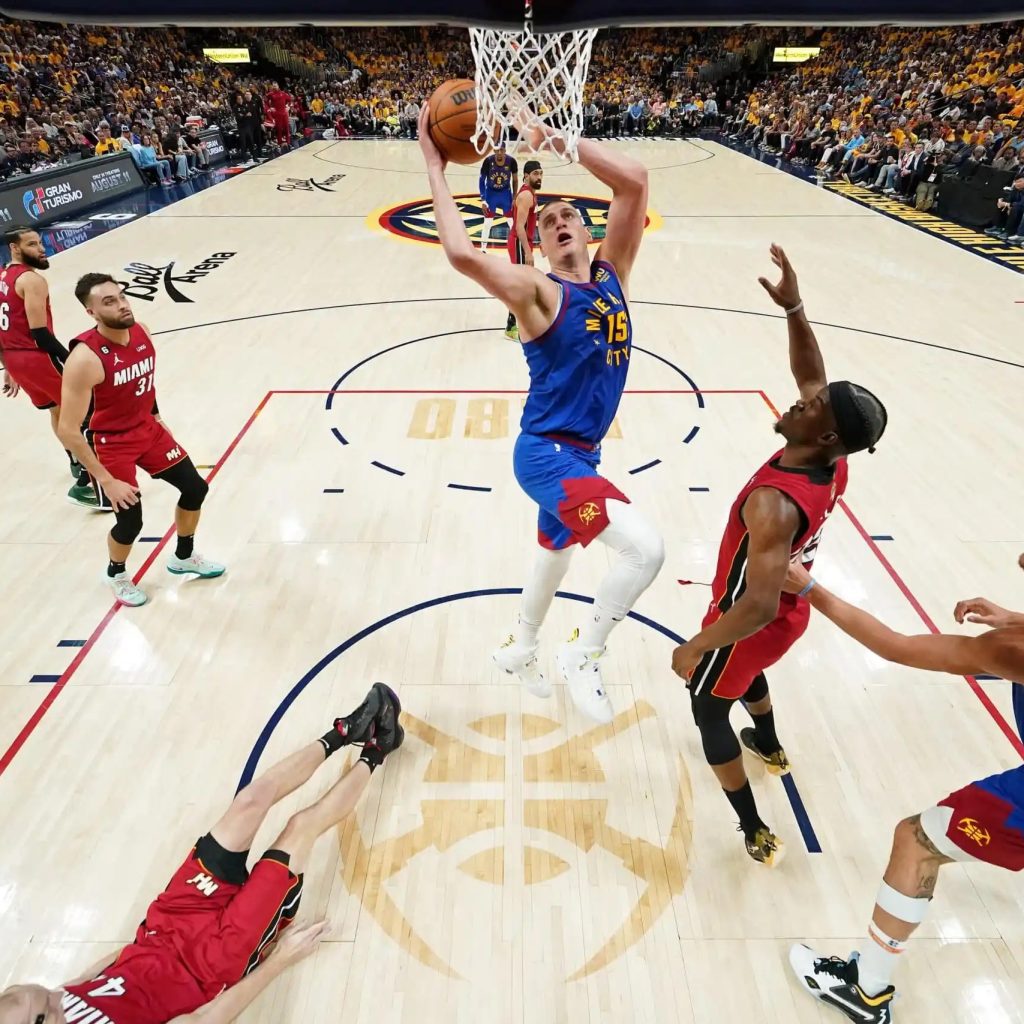 The Five Core Basketball Positions
The Five Core Basketball Positions
Basketball traditionally features five primary positions, each with distinct responsibilities. These positions work in harmony to create a balanced and effective team. Let’s delve into each position to understand their roles better.
Point Guard: The Floor General
The point guard is often referred to as the “floor general” due to their pivotal role in orchestrating the offense. They are responsible for:
- Ball Handling: Point guards maintain possession and control the flow of the game through effective dribbling and passing.
- Playmaking: They create scoring opportunities by distributing the ball to teammates in advantageous positions.
- Leadership: Point guards communicate strategies and adjustments, guiding the team during play.
- Defense: While primarily focused on offense, they also guard the opposing team’s ball-handler to disrupt plays.
Effective point guards possess excellent vision, decision-making skills, and the ability to manage the game’s tempo. Their leadership on the court is crucial for executing successful offensive strategies.
Shooting Guard: The Scorer and Defender
Shooting guards are versatile players known for their scoring ability and defensive prowess. Their key roles include:
- Scoring: They excel at shooting from long-range, mid-range, and driving to the basket, making them primary scoring threats.
- Ball Movement: Shooting guards often handle the ball during plays, facilitating transitions and creating open shots.
- Defense: They guard the opposing team’s perimeter players, using agility and strength to limit scoring opportunities.
- Rebounding: While not their primary role, shooting guards contribute to rebounding efforts, especially on the offensive end.
Shooting guards balance offensive aggression with defensive responsibilities, making them indispensable for a well-rounded team.
Small Forward: The Versatile Wing
Small forwards are known for their versatility and ability to impact the game in multiple ways. Their responsibilities include:
- Scoring: They are proficient scorers, capable of shooting from the perimeter and driving to the basket.
- Defense: Small forwards often guard opposing players who are similarly versatile, requiring adaptability and athleticism.
- Rebounding: They contribute significantly to both offensive and defensive rebounding, securing possessions for their team.
- Playmaking: While not primary playmakers, small forwards can distribute the ball effectively, adding another layer to the offense.
Their ability to perform various tasks on the court makes small forwards essential for maintaining flexibility in a team’s strategy.
Power Forward: The Strong Inside Presence
Power forwards combine strength and skill to dominate the game in the paint. Their main roles include:
- Rebounding: They are key rebounders, securing missed shots on both ends of the court.
- Scoring: Power forwards score through post moves, mid-range shots, and occasional three-pointers.
- Defense: They protect the rim, block shots, and defend opposing big men with physicality.
- Pick and Roll: Power forwards often set screens and execute pick-and-roll plays, facilitating offensive movements.
Power forwards provide the strength and presence needed to control the paint, both offensively and defensively.
Center: The Anchor of the Team
Centers are typically the tallest players, serving as the team’s anchor in the paint. Their primary responsibilities are:
- Rebounding: Centers dominate the boards, securing rebounds to initiate fast breaks and limit opponents’ second-chance points.
- Defense: They protect the rim by blocking shots and altering opponents’ attempts near the basket.
- Scoring: Centers score through post moves, close-range shots, and put-backs from rebounds.
- Interior Presence: They establish a strong presence in the paint, intimidating opponents and controlling the game’s physical aspects.
Centers provide the backbone for a team’s defense and are crucial for maintaining control in the paint.
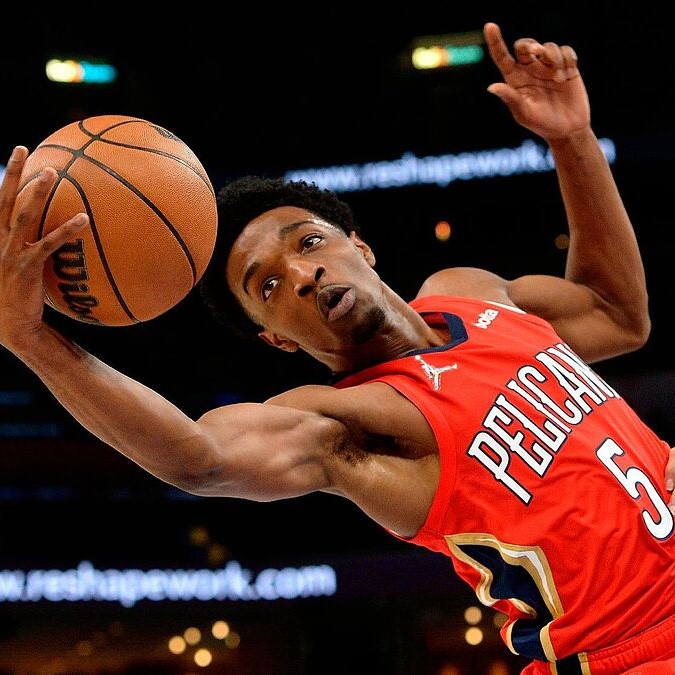 Understanding the Roles Within Each Position
Understanding the Roles Within Each Position
While each position has distinct responsibilities, players often adapt their roles to fit the team’s strategy and the flow of the game. Here, we explore the nuanced roles within each primary position.
Point Guard Roles: Distributor and Facilitator
Within the point guard position, players may focus on different aspects of playmaking:
- Distributor: Focuses on setting up plays and ensuring the ball reaches the right players at the right time.
- Facilitator: Emphasizes creating opportunities for teammates, often sacrificing personal scoring to prioritize team success.
Shooting Guard Roles: Scorer and Two-Way Threat
Shooting guards can specialize in:
- Primary Scorer: Takes the majority of shots, especially from the perimeter, and leads the team in points.
- Two-Way Guard: Excels in both offense and defense, contributing significantly on both ends of the court.
Small Forward Roles: Slasher and Sharpshooter
Small forwards might adopt roles such as:
- Slasher: Focuses on driving to the basket, using agility to navigate through defenses and finish plays.
- Sharpshooter: Specializes in long-range shooting, stretching the defense and opening up the court for teammates.
Power Forward Roles: Rim Protector and Stretch Four
Power forwards can have varied roles like:
- Rim Protector: Prioritizes defensive actions, such as shot-blocking and defending the paint.
- Stretch Four: Extends the offense by shooting from the perimeter, creating space for other players.
Center Roles: Defensive Anchor and Offensive Catalyst
Centers may focus on:
- Defensive Anchor: Concentrates on defensive responsibilities, including shot-blocking and rim protection.
- Offensive Catalyst: Initiates scoring opportunities from the post and facilitates plays from the low post area.
The Importance of Team Chemistry and Role Flexibility
Successful basketball teams thrive on chemistry and the ability of players to adapt to various roles. Coaches often encourage players to expand their skill sets, allowing for greater flexibility in strategies. When players understand their positions and roles, they can execute plays more effectively and support each other seamlessly.
Enhancing Team Dynamics through Clear Roles
Clear understanding of basketball positions and roles fosters better communication and teamwork. Each player knows their responsibilities, reducing confusion and increasing efficiency during critical moments. This clarity helps in:
- Executing Plays: Players can focus on their tasks, ensuring that plays run smoothly.
- Defensive Coordination: Understanding who guards whom allows for cohesive and effective defense.
- Offensive Synergy: Balanced roles ensure that the team can adapt to different offensive setups and exploit opponents’ weaknesses.
Adapting Roles for Tactical Advantage
Teams may adjust roles based on the opponent or specific game situations. Flexibility allows players to switch duties, capitalize on mismatches, and adapt to the evolving flow of the game. For instance:
- Switching Defenders: Players may swap defensive assignments to better match up against specific opponents.
- Positionless Basketball: Modern strategies often blur traditional roles, allowing players to take on multiple responsibilities simultaneously.
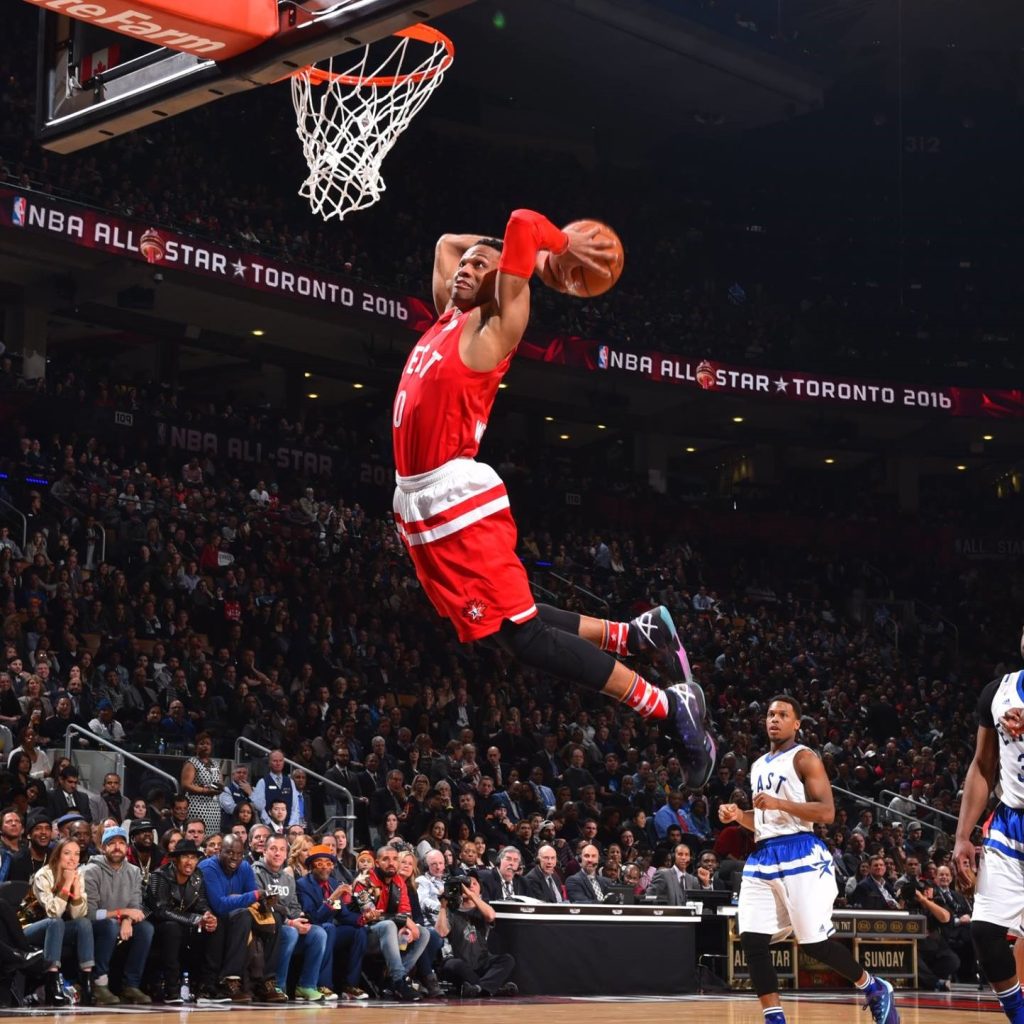 The Evolution of Basketball Positions and Roles
The Evolution of Basketball Positions and Roles
Basketball positions and roles have evolved significantly over the years, influenced by changes in playing style, athleticism, and strategic innovations. Understanding this evolution provides deeper insight into the current dynamics of the game.
Traditional vs. Modern Positions
Traditionally, positions were rigid with clearly defined roles. However, the modern game emphasizes versatility and multi-dimensional skills. Players are now expected to:
- Shoot from Longer Range: Even centers are developing three-point shooting abilities.
- Defend Multiple Positions: Players are required to guard opponents of varying sizes and skill sets.
- Play Both Offensively and Defensively: Emphasis on being two-way players who contribute on both ends of the court.
Influence of Analytics and Technology
The integration of analytics and technology has transformed how coaches and players approach positions and roles. Data-driven strategies help in:
- Optimizing Player Roles: Identifying strengths and assigning roles that maximize a player’s potential.
- Strategic Planning: Using statistical insights to develop game plans that exploit opponents’ weaknesses.
- Performance Enhancement: Tracking player performance to refine skills and improve overall team effectiveness.
Impact of Iconic Players
Iconic players have redefined their positions, inspiring new generations to adopt diverse roles. For example:
- Michael Jordan: Elevated the shooting guard role with his scoring prowess and defensive skills.
- Magic Johnson: Transformed the point guard position with his exceptional playmaking and size.
- LeBron James: Blurred the lines between forward and guard positions with his versatility and leadership.
Training and Development for Different Positions
Players aspiring to excel in specific basketball positions and roles must engage in targeted training and development. Each position requires a unique set of skills and attributes.
Developing Point Guard Skills
Point guards should focus on:
- Ball Handling: Dribbling under pressure and maintaining control in various situations.
- Passing Accuracy: Delivering precise passes to teammates in motion.
- Court Vision: Anticipating plays and making strategic decisions.
- Leadership: Communicating effectively and motivating teammates.
Enhancing Shooting Guard Abilities
Shooting guards need to develop:
- Shooting Technique: Consistent shooting form from different ranges.
- Scoring Versatility: Ability to score through drives, jump shots, and off the dribble.
- Defensive Agility: Quick footwork and the ability to stay in front of opponents.
- Endurance: Maintaining performance throughout the game.
Building Small Forward Versatility
Small forwards should work on:
- Multi-Faceted Scoring: Expanding scoring options to include shooting, driving, and finishing at the rim.
- Defensive Flexibility: Adapting to guard various types of opponents.
- Rebounding Skills: Enhancing ability to secure boards and initiate fast breaks.
- Playmaking: Contributing to ball movement and assisting teammates.
Strengthening Power Forward Capabilities
Power forwards must focus on:
- Physical Strength: Building the power necessary for post play and rebounding.
- Post Moves: Developing a variety of post moves to score effectively.
- Defensive Presence: Improving blocking and shot-altering techniques.
- Versatility: Incorporating mid-range and three-point shooting into their arsenal.
Perfecting Center Fundamentals
Centers should concentrate on:
- Rim Protection: Enhancing shot-blocking and defensive positioning.
- Scoring in the Paint: Mastering various finishing techniques near the basket.
- Rebounding Dominance: Securing offensive and defensive rebounds consistently.
- Physicality: Maintaining strength and presence in the paint to control the game’s physical aspects.
The Role of Coaches in Defining Positions and Roles
Coaches play a crucial role in defining and optimizing basketball positions and roles within a team. Their strategies and decisions directly impact how players perform and collaborate on the court.
Developing Team Strategy
Coaches design team strategies that leverage the strengths of each position:
- Offensive Schemes: Implement plays that utilize the playmaking abilities of point guards and the scoring potency of shooting guards.
- Defensive Systems: Create defensive frameworks that capitalize on the versatility of small forwards and the rebounding prowess of power forwards and centers.
- Rotation Plans: Determine player rotations to maintain energy levels and maximize effectiveness throughout the game.
Individual Player Development
Coaches focus on developing each player’s skills to fit their designated roles:
- Skill Assessment: Evaluating players’ strengths and weaknesses to assign appropriate positions.
- Targeted Training: Designing training programs that enhance the specific skills required for each role.
- Feedback and Improvement: Providing continuous feedback to help players refine their abilities and adapt to their roles.
Fostering Team Cohesion
A coach’s leadership fosters team cohesion and ensures that all players understand their basketball positions and roles:
- Communication: Encouraging open communication among players to enhance coordination.
- Trust Building: Establishing trust through consistent practice and mutual support.
- Motivation: Inspiring players to excel in their roles and contribute to the team’s success.
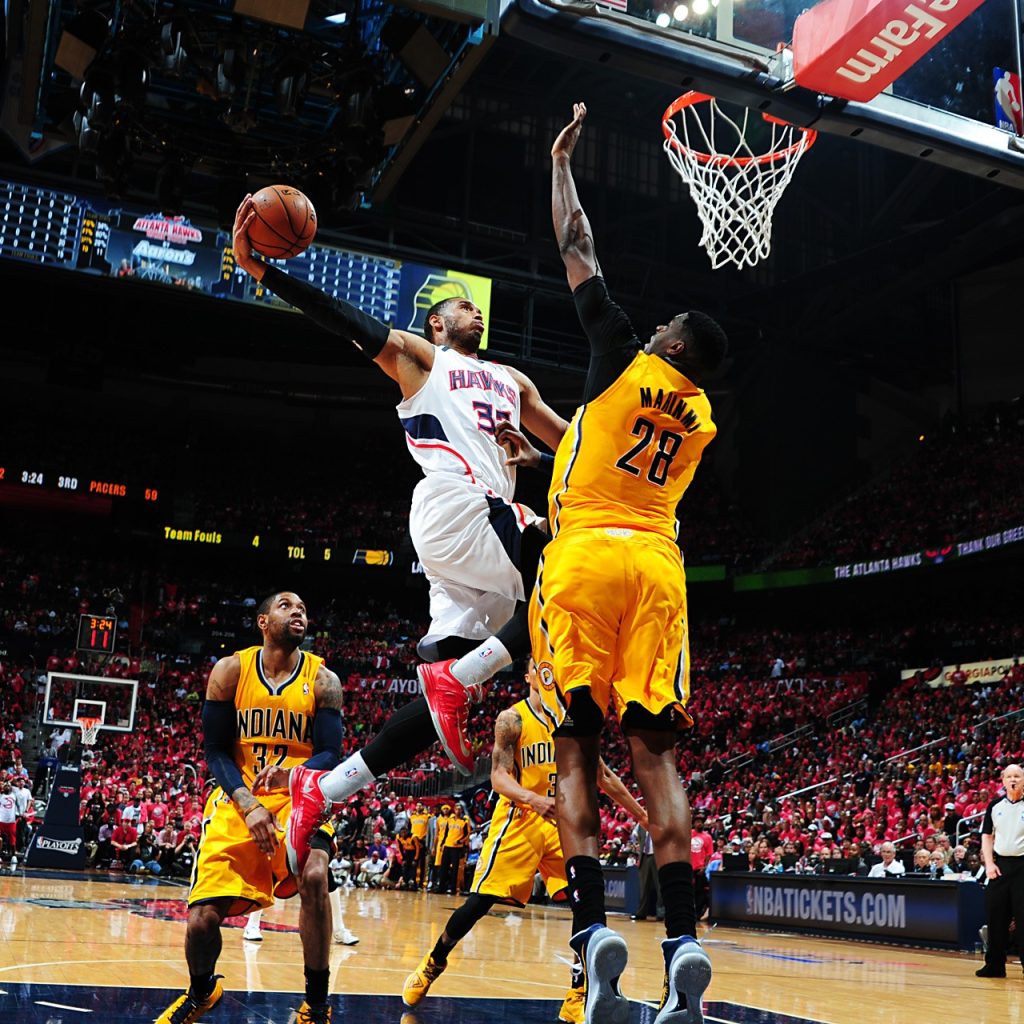 Common Misconceptions About Basketball Positions and Roles
Common Misconceptions About Basketball Positions and Roles
Several misconceptions about basketball positions and roles persist, often leading to misunderstandings about the game’s dynamics. Addressing these misconceptions can provide a clearer understanding of player responsibilities and team strategies.
Position Locking vs. Position Fluidity
A common misconception is that players are strictly bound to their traditional positions. In reality, modern basketball emphasizes position fluidity, allowing players to interchange roles based on the game’s needs. This flexibility enhances a team’s adaptability and enables players to utilize a broader range of skills.
Fixed Role Responsibilities
Another misconception is that each position has rigid, unchangeable responsibilities. While positions have core roles, players often take on additional duties depending on the team’s strategy and in-game situations. For example, a point guard might become a primary scorer in certain plays, or a center might step out to shoot three-pointers.
Overemphasis on Physical Attributes
Some believe that specific physical attributes strictly determine a player’s position. While height and size influence position assignments, skill set, basketball IQ, and versatility are equally important. A shorter player with exceptional skills may excel in a traditionally taller position.
Adapting Positions and Roles to Modern Basketball Trends
Modern basketball trends continue to evolve, influencing how basketball positions and roles are defined and executed. Staying abreast of these trends is essential for players and teams aiming to remain competitive.
Embracing Positionless Basketball
Positionless basketball breaks the traditional mold, encouraging players to:
- Be Versatile: Players adapt to multiple roles, switching positions seamlessly during the game.
- Enhance Skill Sets: Emphasis on developing a wide range of skills, including shooting, passing, and defending multiple positions.
- Promote Fluidity: Facilitates a more dynamic and unpredictable style of play, challenging traditional defensive strategies.
Increasing Emphasis on Three-Point Shooting
The rise of three-point shooting has reshaped roles, especially for forwards and centers:
- Stretch Forwards and Centers: Players traditionally confined to the paint are now expected to shoot from the perimeter, stretching the defense and creating driving lanes.
- Space Creation: Emphasizing three-point shooting helps in spacing the floor, making it harder for defenses to cover all areas effectively.
Integrating Advanced Analytics
Advanced analytics play a crucial role in defining positions and roles by:
- Data-Driven Decisions: Coaches use data to assess player performance and optimize roles based on statistical insights.
- Strategic Adjustments: Analytics inform strategic changes, such as adjusting defensive schemes or offensive playcalling.
- Performance Optimization: Monitoring metrics like shooting efficiency, defensive impact, and player movements to refine roles and enhance team performance.
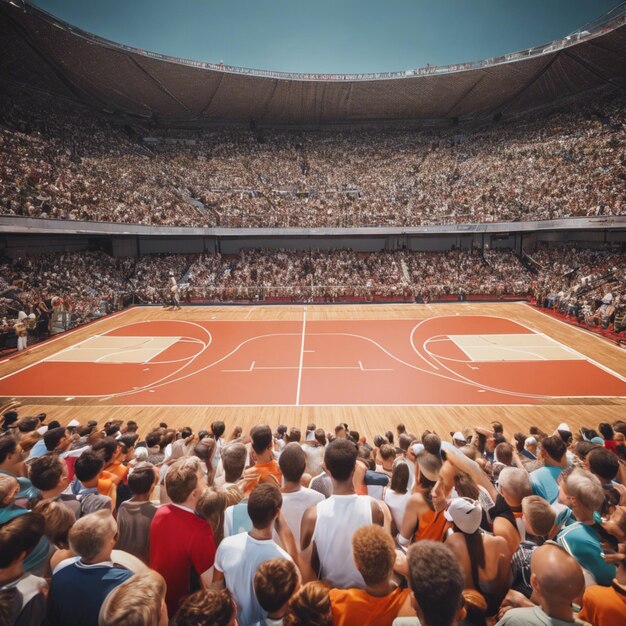 Conclusion
Conclusion
In conclusion, comprehending basketball positions and roles is fundamental to both playing the game effectively and appreciating its complexity. Each position—point guard, shooting guard, small forward, power forward, and center—brings unique responsibilities that, when executed harmoniously, drive a team toward success. By understanding the nuances of each role, embracing modern trends, and fostering team cohesion, players and coaches can maximize their potential on the court. Whether you’re a player striving to excel in your position or a fan eager to gain deeper insights, recognizing the significance of basketball positions and roles enriches your connection to the game and enhances your overall experience.